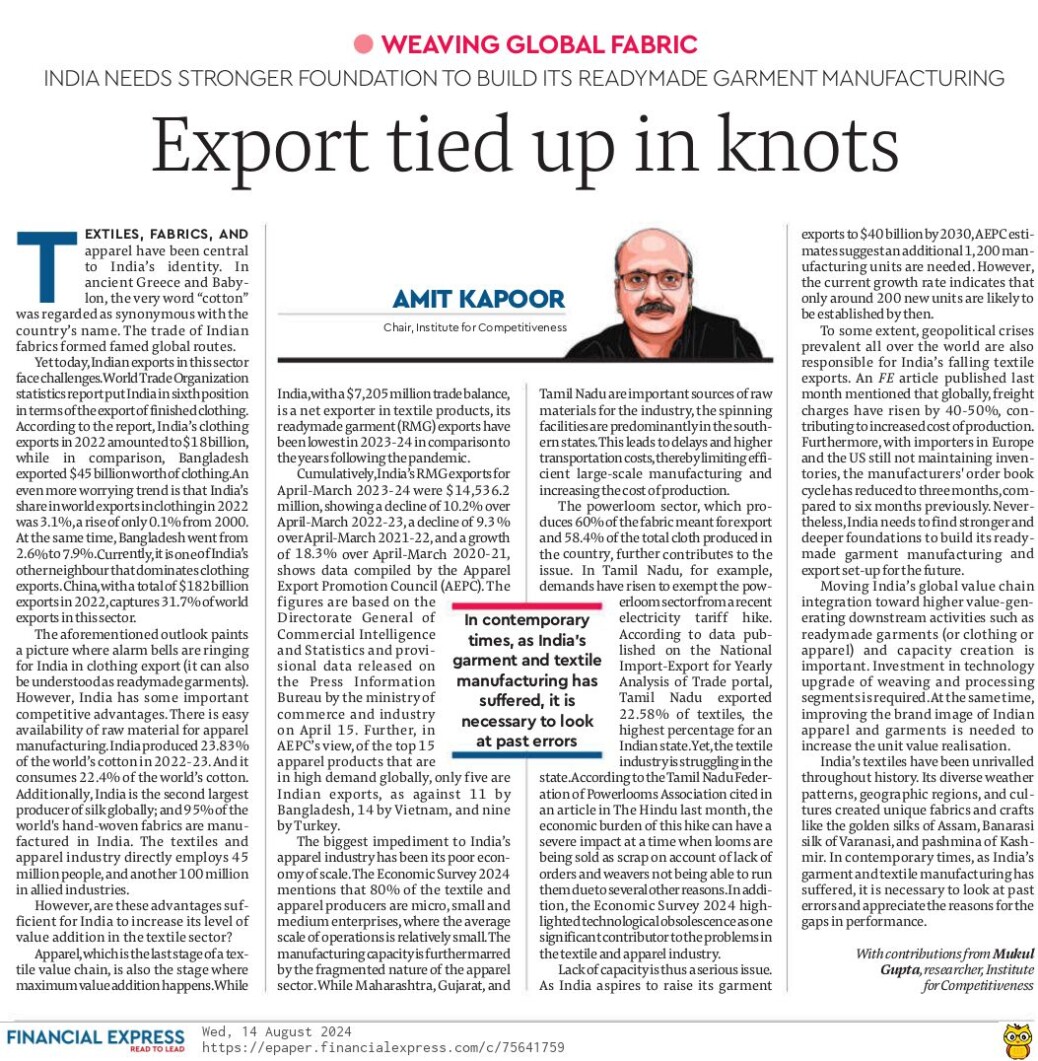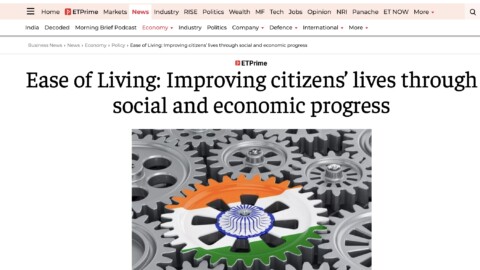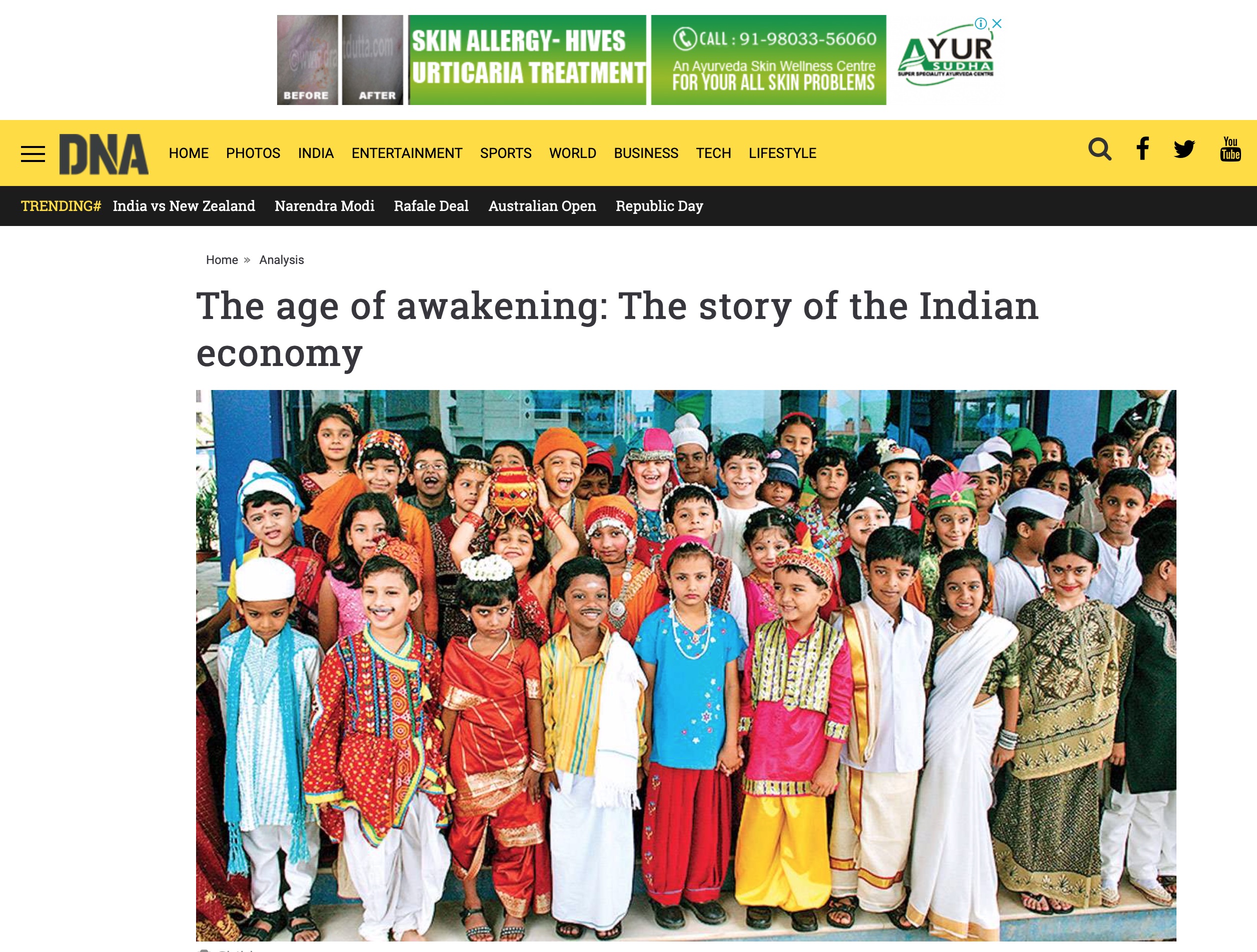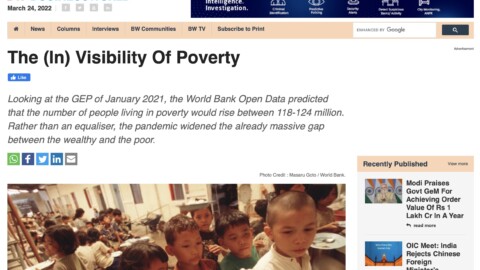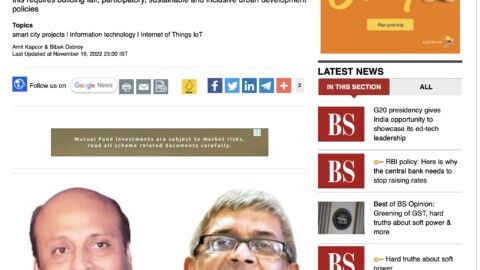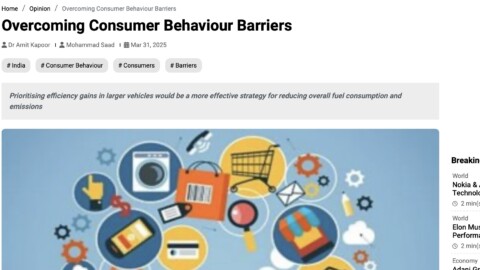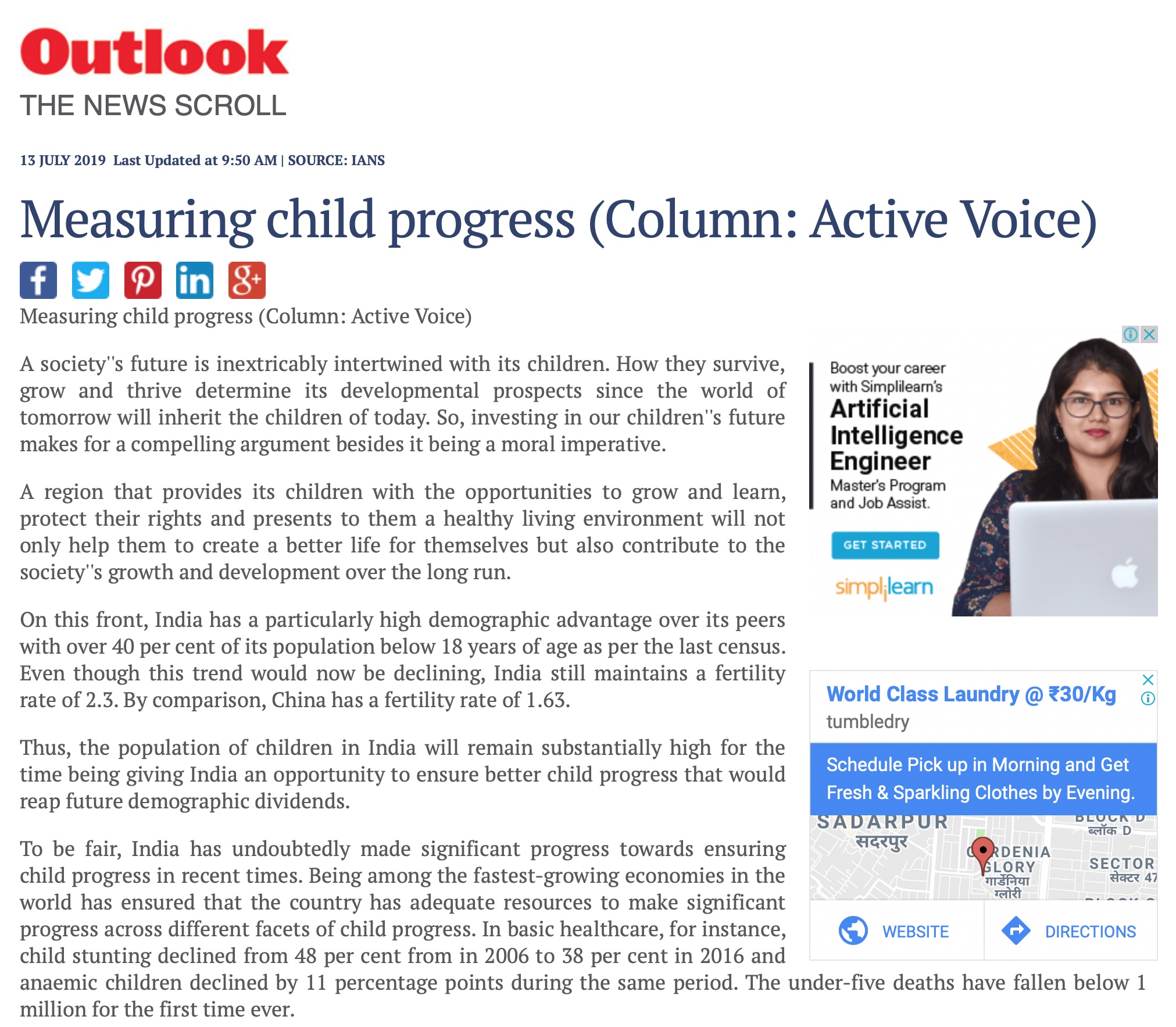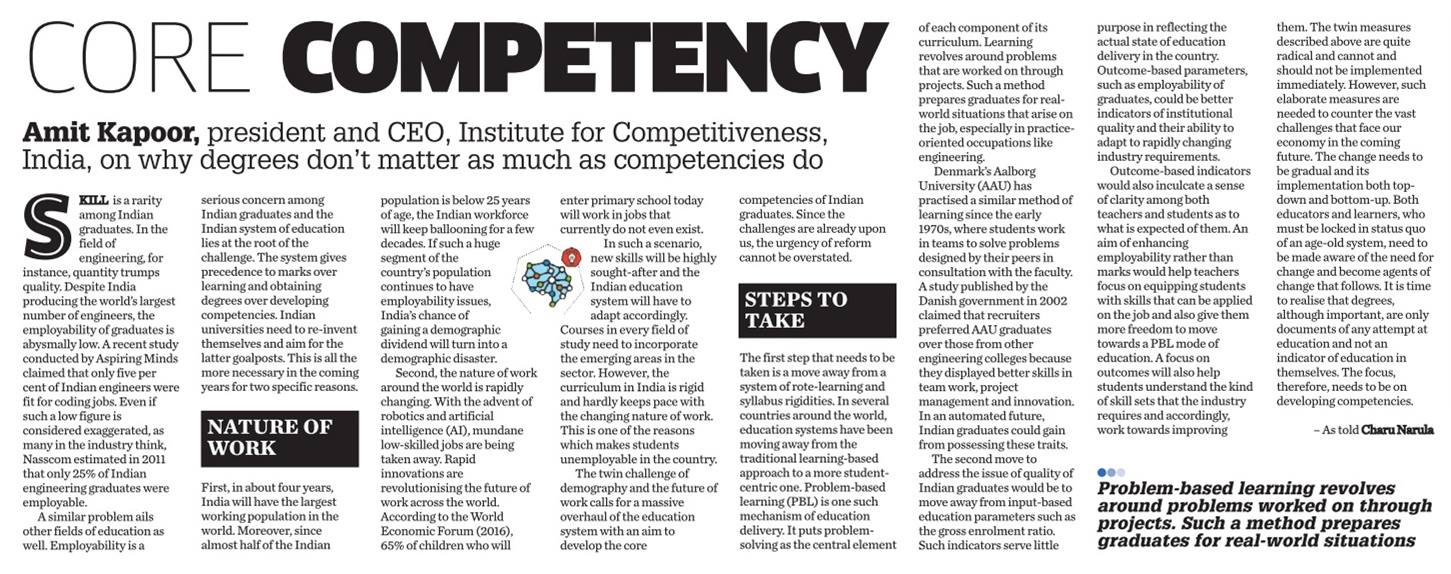The Muddle of India’s Readymade Garments Exports: Where We Are Right Now?
Textiles, fabrics and apparel have been central to India’s identity. In ancient Greece and Baylon, the very word ‘cotton’ was regarded as synonymous with the country’s name. Trade of Indian fabrics formed famed global routes.
Yet today, Indian exports in this sector face challenges. WTO statistics report put India in sixth position in terms of the export of finished clothing. As per the report, India’s clothing exports in 2022 amounted to $18 billion dollars while in comparison, Bangladesh exported $45 billion dollars worth of clothing. An even more worrying trend noted in the report is that India’s share in world exports in clothing in 2022 was 3.1%, a rise of only 0.1% from the year 2000. In the same time, Bangladesh went from 2.6% to 7.9%. Currently, it is one of India’s other neighbour that dominates clothing exports. That is China, with a total of $182 billion dollar of exports in 2022, capturing 31.7% of world exports in this sector.
The aforementioned outlook paints a picture where alarm bells are ringing for India in clothing export (can also be understood as readymade garments). However, India has some important competitive advantages. There is easy availability of raw materials for apparel manufacturing. India produced 23.83% of the world’s cotton in 2022-23 and consumes 22.4% of the world’s cotton. Additionally, India is the second largest producer of silk globally, and 95% of the world’s hand-woven fabrics are manufactured in India. The textiles and apparel industry directly employs 45 million people, and 100 million people in allied industries.
However, are these advantages sufficient for India to increase its level of value addition in the textile sector in the future?
The apparel sector, which is the last stage of a textile value chain, is also the stage where maximum value addition to textiles happens. While India, with a $7205 million trade balance, is a net exporter in textile products, its Readymade Garments (RMG) exports to the world have been lowest in the year 2023-24 in comparison to years following the pandemic. DGCI&S and provisional data released on PIB by the Ministry of Commerce on 15.04.2024 compiled by Apparel Export Promotion Council (AEPC) show that cumulatively, India’s RMG exports for the period Apr-Mar 2023-24 were $14536.2 million, showing a decline of 10.2% over Apr-Mar 2022-23, a decline of 9.3 % over Apr-Mar 2021-22, and a growth of 18.3 % over Apr-Mar 2020-21. Further, in AEPC’s view, out of the top 15 apparel products that are high in global demand, only 5 are Indian exports worth mentioning, as against 11 by Bangladesh, 14 by Vietnam, and 9 by Turkey. This shows India’s lack of sync with global demand.
The biggest impediment to India’s apparel industry has been its poor economy of scale. The Economic Survey 2024 mentions that 80% of the textile and apparel producers are MSMEs, where the average scale of operations is relatively small. The manufacturing capacity is further marred by the fragmented nature of India’s apparel sector. While Maharashtra, Gujarat, and Tamil Nadu are important sources of raw materials for the industry, the spinning facilities are found predominantly in southern states. This leads to delays and higher transportation costs, thereby limiting efficient large-scale manufacturing and increasing the cost of production.
The powerloom sector, which produces 60% of the fabric meant for export and 58.4% of the total cloth produced in the country, further contributes to the abovementioned issue. In Tamil Nadu, for example, demands have risen to exempt powerloom sector from a recent electricity tariff hike. According to the data published on the NIRYAT portal, Tamil Nadu exported 22.58% of textiles, the highest percentage for a state in the country. Yet, the textile industry is struggling in the state. As per the Tamil Nadu Federation of Powerlooms Association, noted in a The Hindu article last month, the economic burden of this hike can have a severe impact at a time when looms are being sold as scrap on account of non-receipt of orders and weavers not being to run the looms due to several other reasons. In addition, the Economic Survey 2024 highlighted technological obsolescence as one significant contributor to the problems in the textile and apparel industry.
Lack of capacity is thus a serious issue. As India aspires to raise its garment exports to $40 billion by 2030 AEPC estimates suggest an additional 1,200 manufacturing units are needed. However, the current growth rate indicates that only around 200 new units are likely to be established by then, falling significantly short of the required capacity.
To some extent, geopolitical crises prevalent all over the world are also responsible for India’s falling textile exports. A Financial Express article published last month mentioned that globally, freight charges have risen by 40-50%, contributing to increased cost of production. Furthermore, with importers in Europe and the US still not maintaining inventories, the manufacturers’ order book cycle has reduced to three months, compared to a six-month cycle previously. Nevertheless, India needs to find stronger and deeper foundations to build its readymade garment manufacturing and export setup for the future.
Moving India’s GVC integration toward higher value-generating downstream activities such as readymade garments (or clothing or apparel) and capacity creation is important. Investment in technology upgradation of weaving and processing segments is required. At the same time, improving the brand image of Indian apparel and garments is needed to increase the unit value realisation (UVR).
India’s textiles throughout history have been unrivalled. Its diverse weather patterns, geographic regions, and cultures created unique fabrics and crafts like the Golden Silks of Assam, Banarasi silk of Varanasi, Pashmina of Kashmir, and Pashmina of Kashmir. In contemporary times, while India’s garment and textile manufacturing has suffered. It is necessary to look at errors made in the past and appreciate the reasons for gaps in performance.
The article was published with Financial Express on August 14, 2024.
